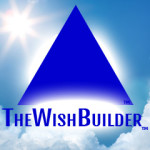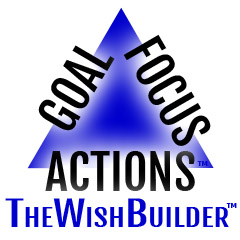 Action is an important part of success in any arena and Jack Canfield certainly understands what goes into being a successful author, speaker and business person.
Action is an important part of success in any arena and Jack Canfield certainly understands what goes into being a successful author, speaker and business person.
Jack Canfield is the co-author of the highly successful, best selling book series “Chicken Soup for the Soul” and “Success Principles” among other books. Jack is also a professional speaker and trainer. The short video below features Jack talking about “Taking Action!”, an important part of TheWishBuilder process.
About Jack Canfield:
Source: www.wikipedia.org
Jack Canfield (born August 19, 1944) is an American motivational speaker and author. He is best known as the co-creator of the Chicken Soup for the Soul book series, which currently has nearly 200 titles and 112 million copies in print in over 40 languages. According to USA Today, Chicken Soup for the Soul and several of the series titles by Canfield and his writing partner, Mark Victor Hansen, were among the top 150 best-selling books of the last 15 years (October 28, 1993 through October 23, 2008). In July 2004, Jack Canfield founded the Transformational Leadership Council, a group of speakers, authors, coaches and other leaders in the fields of personal and professional development. The members of TLC meet semi-annually, and as of January 2012, membership numbered 120.
In 1990, Canfield shared with Mark Victor Hansen the idea for the Chicken Soup for the Soul series and after three years, the two had compiled sixty-eight stories. Canfield has appeared on numerous television shows, including Good Morning America, 20/20 and NBC Nightly News. Canfield is the founder of “Self Esteem Seminars” in Santa Barbara, and “The Foundation for Self Esteem” in Culver City, California. He is also the founder and CEO of the Canfield Training Group. One of Canfield’s most recent books, The Success Principles (2005), shares 64 principles that he claims can make people more successful. In 2008, he wrote The Success Principles for Teens with Kent Healy, as a result of the success of his original book. In 2006, he appeared in the DVD, “The Secret”, and also in the book titled “The Secret” by Rhonda Byrne and shared his insights on the Law of Attraction and tips for achieving success in personal and professional life. In the summer of 2004 Canfield founded The Transformational Leadership Council (TLC), a closed membership, invitation only members’ club.
Apart from being an author, Canfield is also a speaker and trainer. He conducts seminars focused on peak performance, such as Break Through to Success. He also trains speakers and trainers about training and teaching the Success Principles through his Train the Trainer program.



